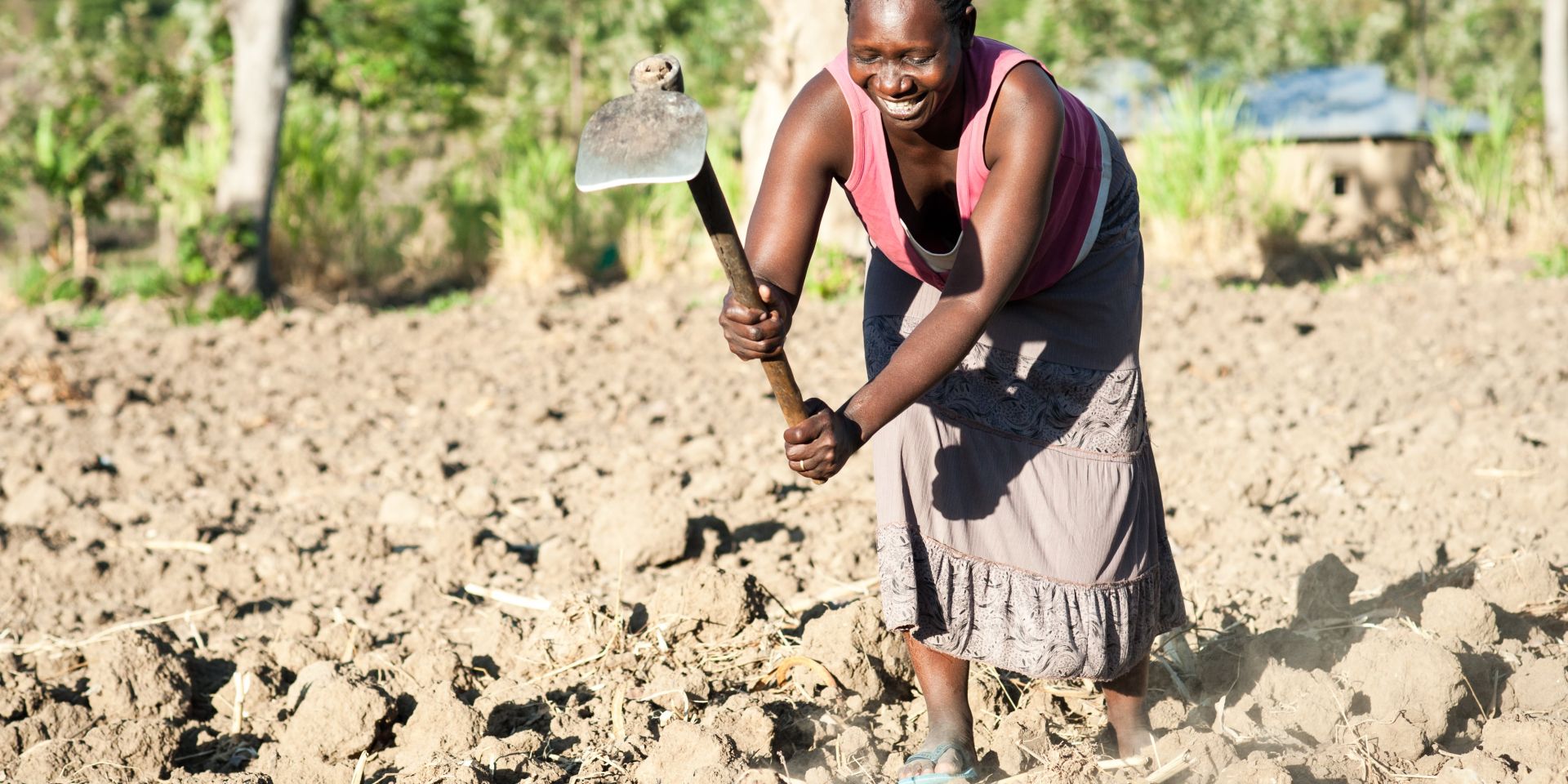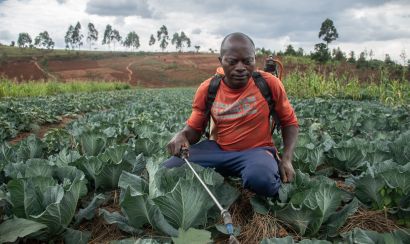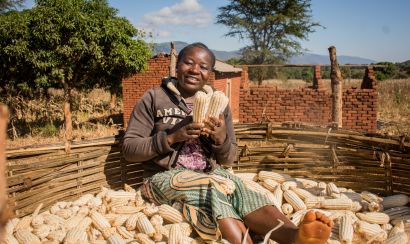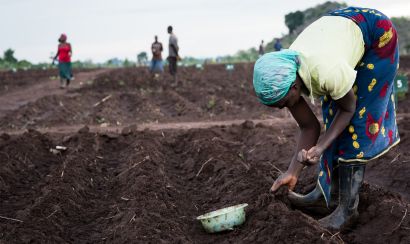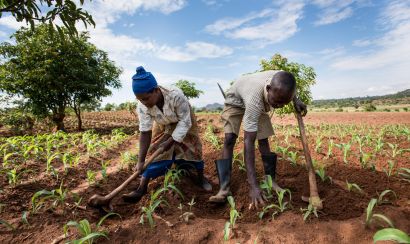Feeding Sub-Saharan Africa: The challenges we face and how we can achieve food security
There is growing concern globally about the emerging food security crisis in Sub-Saharan Africa (SSA) — and little has been provided in the way of solutions. In this post, I’d like to share a little about the situation we see unfolding in the field, and the suite of cost-effective, impactful — and funding-ready— solutions we are attempting to roll out across One Acre Fund’s programs.
The situation is not just a bunch of news headlines; it is indeed dire. The lowest-income families we serve already engage in regular meal-skipping and meal substitution during “hunger seasons”. This is an important measure, particularly given that hunger is estimated to play a role in nearly half of child deaths in SSA.
This food security crisis has been heightened recently by the “three Cs” — Covid, climate, and conflict. Covid weakened purchasing power for farm products, forcing farmers to draw down savings and to under-invest in their farms — sending as many as 161 million additional people into hunger in 2020. In climate, I continue to be amazed by how overlooked farmers are in the global dialogue — farming is perhaps the largest profession whose income is uniquely disrupted by changes to weather patterns. More recently, conflict (especially the Russian invasion of Ukraine) has nearly tripled the price of fertilizer in the past two years, and severely restricted wheat imports, which both have powerful negative effects on farmers and food availability. Cumulatively these challenges mean that the food crisis will only get worse, as farmers struggle to navigate changing markets, increasingly severe weather, and unaffordable farming inputs. In search of harvesting enough to survive, they will be under more pressure than ever to clear more farmland, which poses an environmental disaster.
One Acre Fund is a solutions-oriented organization. Our team of 9,000 staff proudly works in nine countries that hold about two-thirds of Africa’s smallholder farmers. I want to talk a little about what we’re doing to respond to the food security crisis. I also want to be candid and talk about how much it costs to grow these proven solutions (fully-loaded, all costs factored in), the potential scale of these solutions, and the impact they could have on individual families.
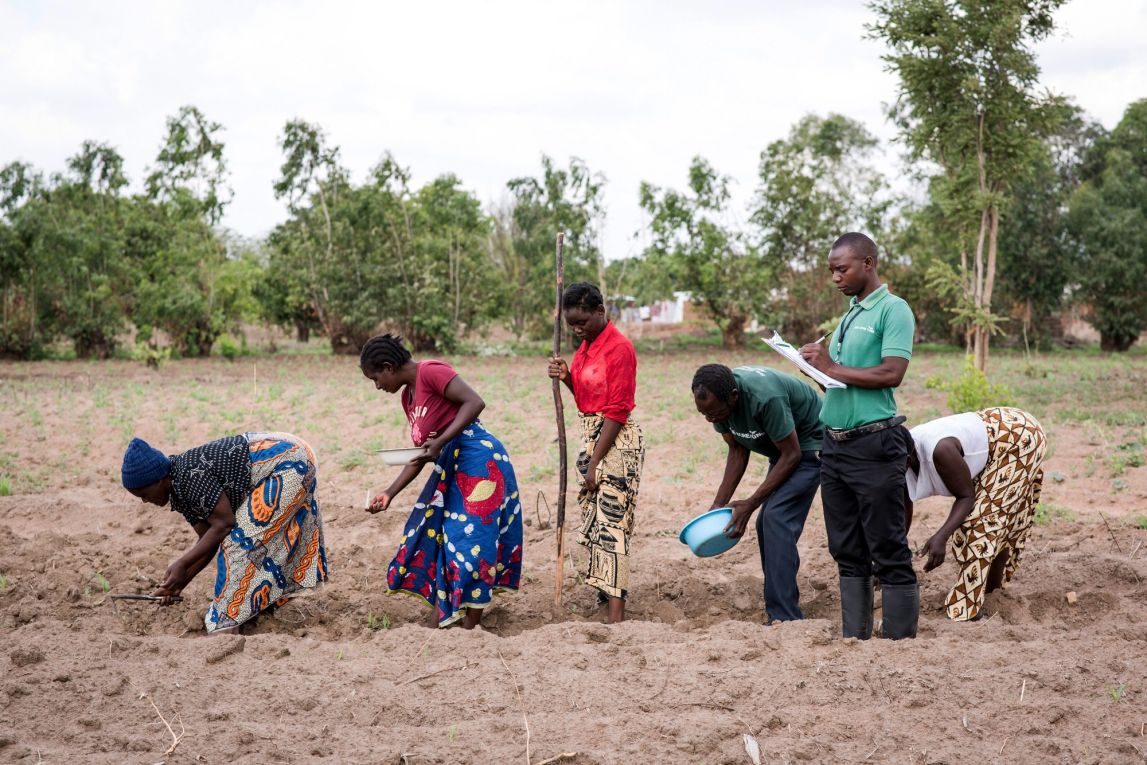
Tried and tested solutions
In the near term, One Acre Fund is seeing unprecedented farmer demand for our services, and we simply lack the funds to serve everyone. Our program lends a package of farm inputs to farmers, which they repay over the growing season; provides tree seedlings as part of a farm portfolio; and offers training on climate-smart agronomical practices. Because we serve the lowest-income communities in the world, it takes us an average of $30 per family to provide this service, and farm families typically generate enough incremental staple food to feed the equivalent of 2-3 additional individuals for a year.
Put another way, One Acre Fund can help farmers produce enough new staple food to feed a person for a whole year for just $10-$15 in donor funds. That food doesn’t need to be trucked in from other places; it is grown within the locales of the communities facing some of the most severe hunger on earth. We believe this is the most cost-effective and scalable way to achieve food security — an approach we serve more than 1.4 million families with today (with more than 7 million people living in those families).
In the medium term, One Acre Fund is scaling climate-smart agriculture, making farmers more resilient against climate change. We help farmers diversify their crops and grow multiple crops instead of monocropping. We enable farmers to change their seed choices when their climate patterns change. We support farmers in improving their soils through composting, reducing soil erosion, and adding agricultural lime. We are the largest arranger of yield-based insurance directly to smallholder farmers in SSA. And, to mitigate the effects of conflict on rising fertilizer costs, we continue to leverage the full power of our 1.4 million-strong farmer network to negotiate lower prices for seed, fertilizer, and other farm inputs.
These climate-smart solutions are at-scale at One Acre Fund, but we lack the funds to assist all families with these solutions. We have a wide diversity of programs. For example, we supply trees and shrubs that farmers can plant on hilly contours to prevent their valuable topsoil from eroding into water supplies, increasing their climate resilience and protecting environmentally-important riparian areas. $20 per family — invested once — can equip a farmer with many dozens of shrubs and trees to protect their soils far into the future. Better soil is foundational to helping farmers maintain high crop yields, particularly as rain patterns become more variable.
In the long-term, One Acre Fund is rapidly growing our tree-planting programs to help farmers build long-term wood and fruit assets and empower them to become more resilient to single-year weather shocks that affect annual crops while also improving our environment. Trees are wonderful insurance that help farmers eat if they face an emergency — they can either eat the fruit (like avocado) directly, or chop a few timber trees down to generate income, and buy food.
We believe every farmer should have a robust set of trees as part of their crop portfolio, and continually we equip farmers with these tools. Trees can help farmers to build wood and fruit assets, improve their farm environment, and also sequester a modest amount of carbon. As of the end of 2021, we have equipped farmers to plant 136 million trees, with an estimated 78 million surviving to maturity, and we are scaling rapidly.
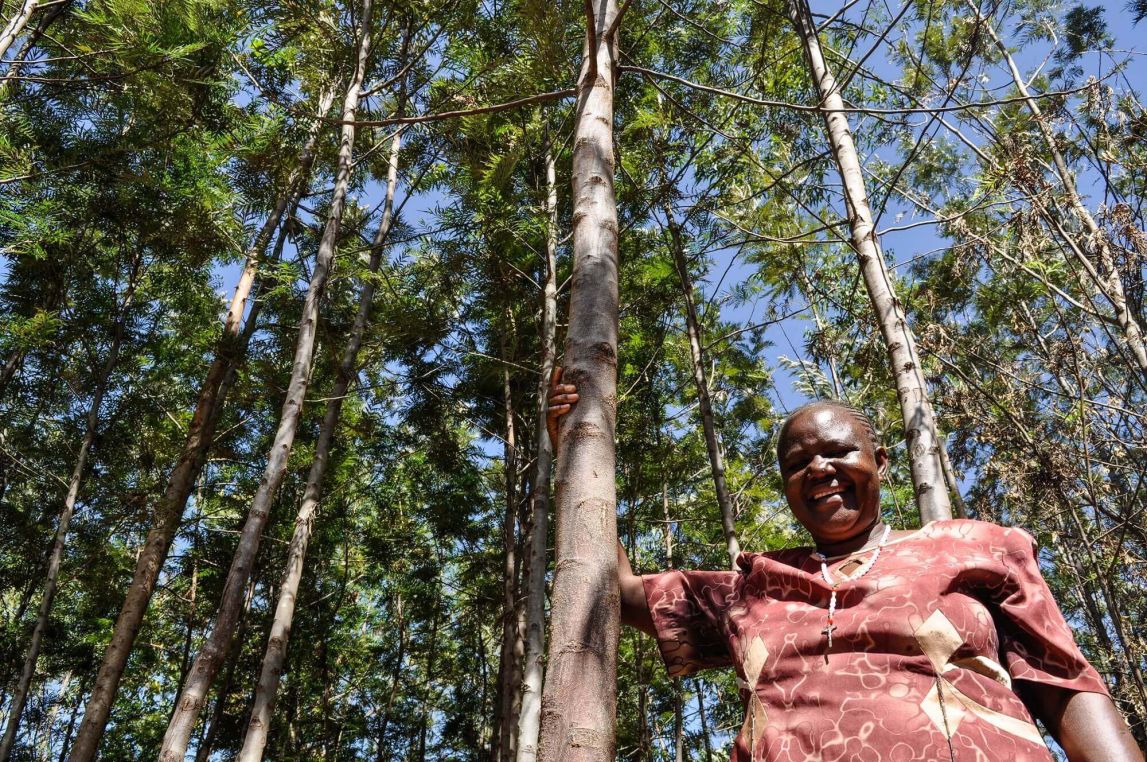
Making a life and living out of farming
38-year-old Francine Ngendabanka has farmed with One Acre Fund since 2017. She lives with four of her children in Gicumbi District, Burundi, while her husband works in the capital, Bujumbura. Before joining One Acre Fund, Francine’s harvest didn’t last long, and her husband’s daily jobs were required to provide for the family’s basic needs.
Before she enrolled, every beginning of a new season brought worry and anxiety to Francine. She never had enough money for planting inputs, and her harvests were never enough for her family. Francine even convinced herself that beans and maize didn’t do well in her district. She has a large piece of land but didn’t know how to earn from it. During planting time, she scattered the seed at random and waited.
Since enrolling, Francine says her harvests have improved remarkably. She usually keeps two-thirds of my harvest and sells the rest. With her surplus, Francine makes maize flour, which she sells in Bujumbura.
Making a life and living out of farming
38-year-old Francine Ngendabanka has farmed with One Acre Fund since 2017. She lives with four of her children in Gicumbi District, Burundi, while her husband works in the capital, Bujumbura. Before joining One Acre Fund, Francine’s harvest didn’t last long, and her husband’s daily jobs were required to provide for the family’s basic needs.
Before she enrolled, every beginning of a new season brought worry and anxiety to Francine. She never had enough money for planting inputs, and her harvests were never enough for her family. Francine even convinced herself that beans and maize didn’t do well in her district. She has a large piece of land but didn’t know how to earn from it. During planting time, she scattered the seed at random and waited.
Since enrolling, Francine says her harvests have improved remarkably. She usually keeps two-thirds of my harvest and sells the rest. With her surplus, Francine makes maize flour, which she sells in Bujumbura.
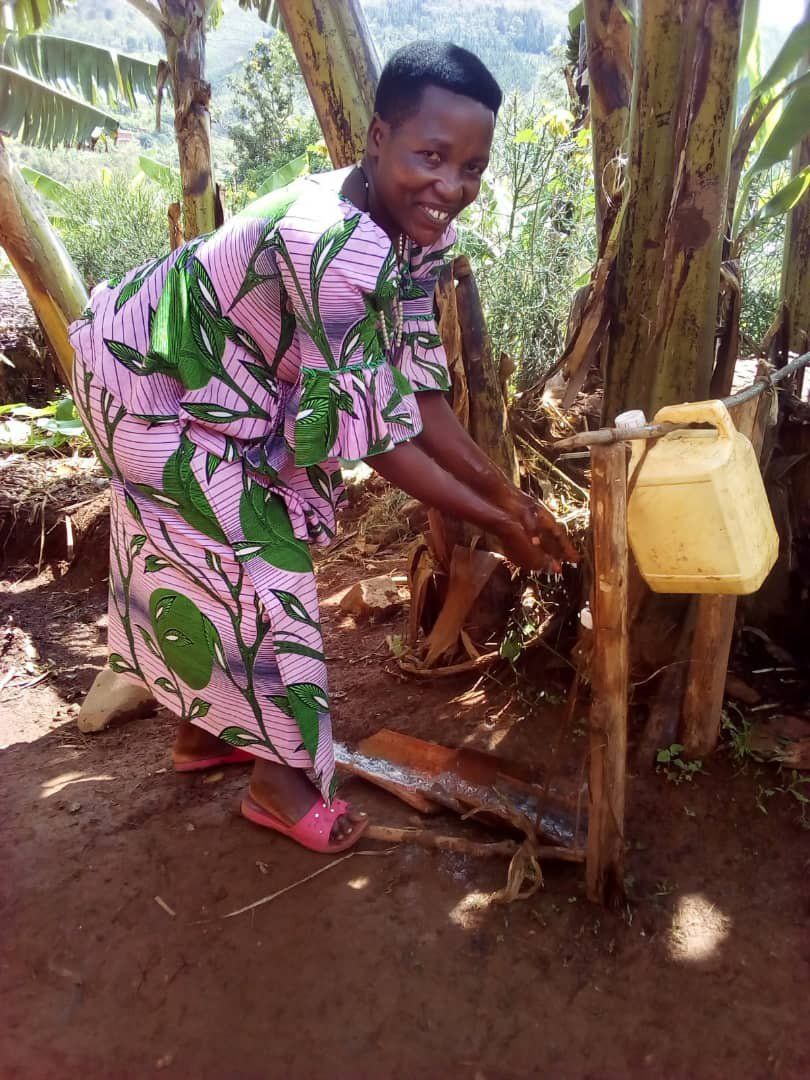
“Before One Acre Fund, we didn’t know that farming could create profit. We only farmed for food. But now, we see our harvests grow every year. Thanks to farming with One Acre Fund, we saved enough for my husband to begin trading in the Kinindo market, one of the biggest in Bujumbura. Women are often seen as homemakers in our culture, but I work hard and provide for my family. I am setting a good example for my daughters to emulate; this is my biggest source of pride” — Francine Ngendabanka.
This story starts and ends with the powerful, resilient farm families we serve — such as Francine — but it could also include you (or may already include you)! Small donations matter: every single incremental dollar we raise goes straight to serving more families. And big donations matter, allowing us to grow our programs and geographies by leaps and bounds. I do not usually ask for funds in a blog post, but this is a crucial moment. The need is truly urgent, and we have the solutions at hand — One Acre Fund stands ready to assist the hardest-working families in the world to build their resilience, feed their communities, and thrive.
Farmers First,
Andrew Youn
Executive Director of One Acre Fund
